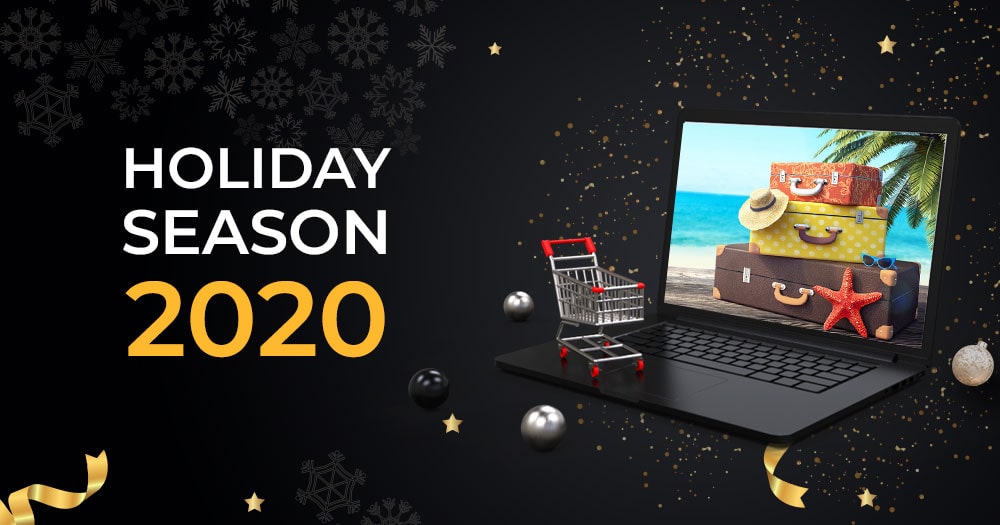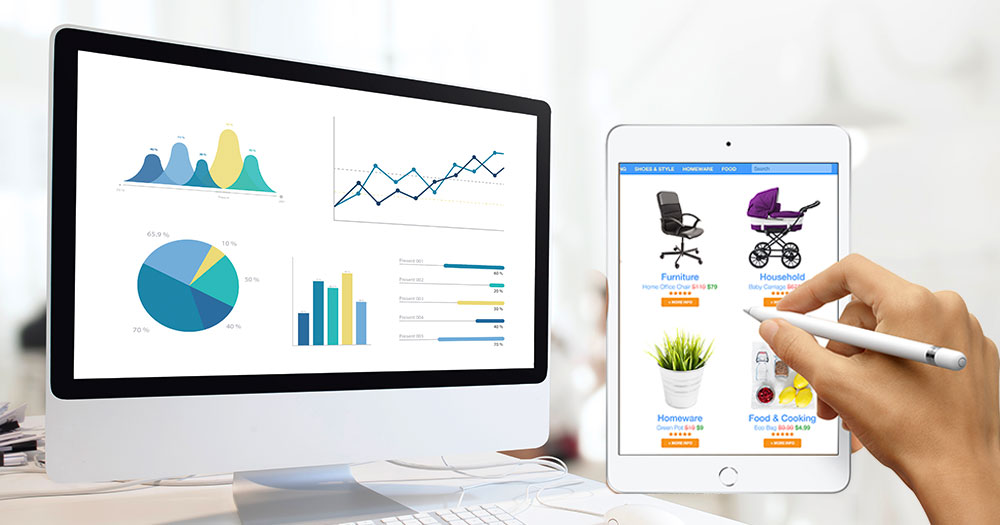Shoppers spent $138.65 billion online during the 2019 holiday season, up 13.6% from $122.00 billion in 2018. The online share of total retail sales in November/December soared to 19.2%, up from 17.6% in the prior year, and the highest penetration recorded to date. Six million U.S. consumers shopped over the five days from Thanksgiving Day to Cyber Monday, resulting in a 14.3% increase from the $165.8 million in 2018.
But in Q2 of 2020, eCommerce penetration already hit 27%, according to numbers from the U.S. Department of Commerce. This included the April-June period, which captured the largest surges in online sales. This equates to a decade’s worth of growth in the last few months, accelerated by COVID-19-related restrictions that have kept shoppers out of traditional brick and mortar retail stores, and driven them online.
As a result, Black Friday / Cyber Monday 2020 will be quite unlike any other, and consumers and merchants alike are not entirely sure what to expect.
Ecommerce merchants wanting to take advantage of what will inevitably be a larger focus on digital, should be preparing to deliver a highly optimized user experience across customer touchpoints, from landing page to checkout.
Macy’s CEO, Jeff Gennette, has said his company would focus on digital sales and curbside pickup during the holiday season. Target’s second-quarter 2020 eCommerce sales grew by a whopping 195% year-over-year.
 Is your storefront ready for what could be the eCommerce industry’s biggest year to date? Based on our experience of managing 3000+ storefronts through many holiday seasons, here’s a list of Top 10 Things you can do to ensure success.
Is your storefront ready for what could be the eCommerce industry’s biggest year to date? Based on our experience of managing 3000+ storefronts through many holiday seasons, here’s a list of Top 10 Things you can do to ensure success.
- Production code freeze:Undertake this for two weeks around your major sales periods to prevent erroneous changes affecting your storefront.
- Marketing Plan:Identify the specific period you expect high traffic. Ask the questions: What is your marketing plan heading into the holiday? Do you have any planned launches or email campaigns that are expected to help drive traffic? What is your expected traffic lift from your sales events? Broad percentage metrics are adequate for planning purposes.
- Team Schedules:Identify peak times each day and plan your team schedules and vacations around it. Ask the questions: In your experience, are there times in the day that matter more for your user bases like early mornings or late nights? Do you see your peaks during holiday sales events, and which ones drive the most traffic? Do you plan to launch any specific promotions?

- Load Testing:This is for expected traffic using third party tools, companies in the industry, or Webscale Application Load Testing Service. Do this as often as you can afford to, and ensure you are mimicking real user behavior and traffic levels.
- Access management:In order to avoid unforeseen changes and managing issues, access management is great. All administrative functionality should be limited to whitelist IPs, preferably no later than the code freeze date in production.
- Best Practices:Discuss best practices for high volume events like when to flush caches to relieve performance bottlenecks. Flushing caches during peak traffic will create an unpredictable increase in demand for CPU that can disrupt the user experience.
- Additional Infrastructure:Setting additional hardware or cloud instances in advance of the demand. Remember, a slight increase in costs will be offset by revenue and user experience.
 Capacity on Database or Network:Any other changes to be made to your database size or bandwidth needed.
Capacity on Database or Network:Any other changes to be made to your database size or bandwidth needed.- Security Posture and Virtual Patching:Reviewing security posture and all suggested security patches to ensure the backend of your site is secured.
- Backup Validation:Validating your most recent backup and ensuring you have a backup done right after code freeze and have a clean copy of your site in case of disaster.
At Webscale, we have already started working with our partners and customers to ensure they are thinking about each of these steps and are battle-ready to scale while remaining blazing-fast and secure. But in this “new normal,” all retailers should get the above in place to offer a frictionless digital experience and make the most of the 2020 holiday season, and take full advantage of the anticipated spike in eCommerce sales. If you want to end this otherwise difficult year on a high, give us a shout at sales@webscale.com.
We at DCKAP would like to thank Andrew for his amazing insights and ways to help make this unprecedented year successful.




